With the launch of the first episode, or Tape as developer and publisher Don’t Nod likes to call it, on February 18, 2025, Lost Records: Bloom & Rage marks the beginning of a brand-new IP from the studio behind titles like Banishers: Ghosts of New Eden and Tell Me Why. However, unlike the majority of its recent efforts, Don’t Nod goes back to its episodic roots with Lost Records: Bloom & Rage, which is an element that catapulted the developer to popularity when it was implemented in 2015’s Life Is Strange and its sequels.
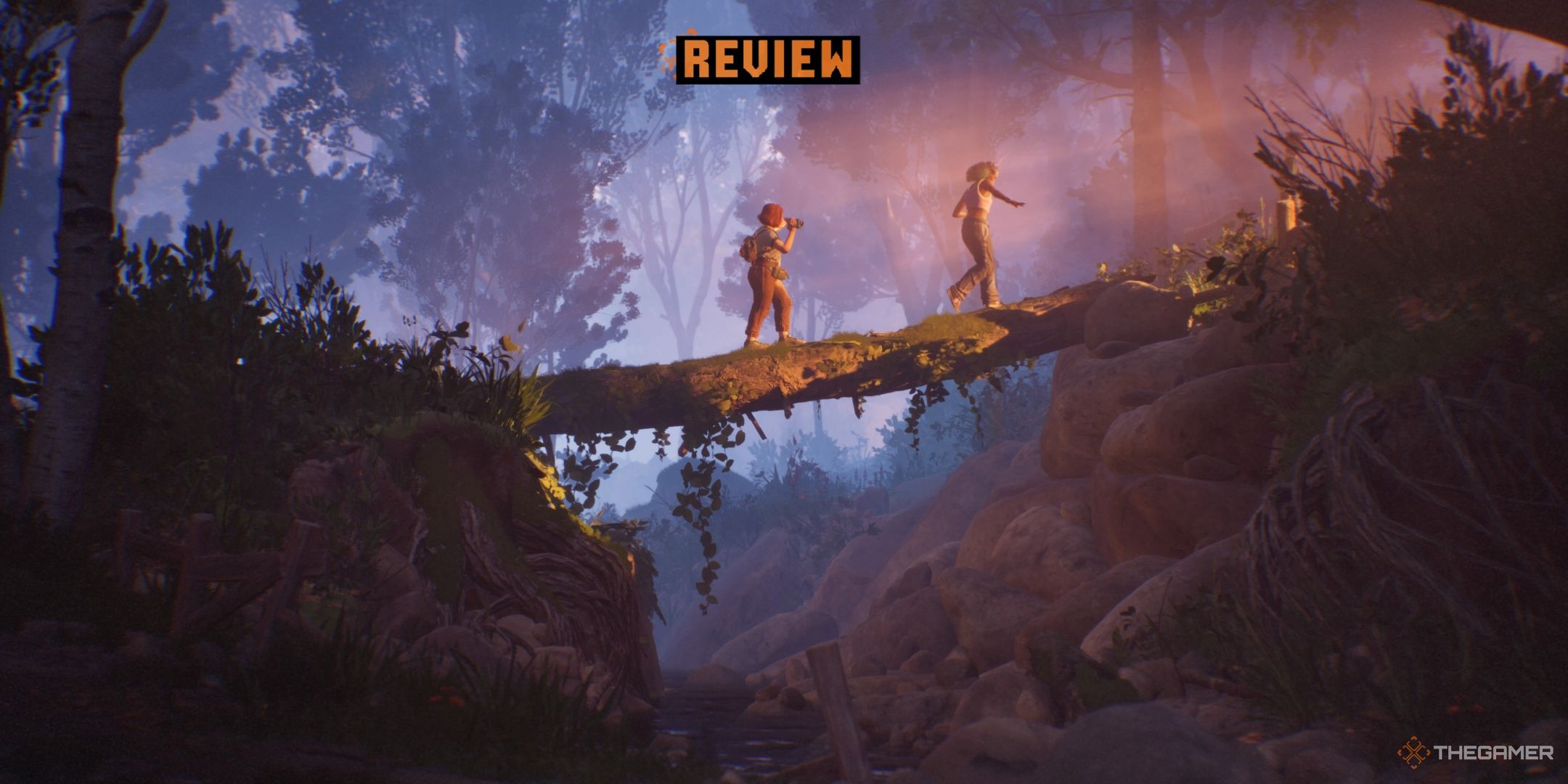
Related
Lost Records: Bloom & Rage – Tape 1 Review: Windows To ’95
Don’t Nod’s ’90s-themed return to adventure games is more than nostalgia bait.
Given the similarities that the two IPs clearly share with one another thanks to their overall structure, the question of whether they’re set in the same universe or not naturally arises.
Is Lost Records: Bloom & Rage Set In The Life Is Strange Universe?
During an era where shared universes have become quite the norm, ranging from media in the Marvel Cinematic Universe to video games in the Remedy Connected Universe, it would not be far-fetched to assume that Don’t Nod would follow a similar path.
However, Lost Records: Bloom & Rage is not set in the same universe as Life Is Strange for multiple reasons. For starters, despite being arguably the most iconic IP that the developer has ever worked on, Don’t Nod does not own the rights to Life Is Strange, as Square Enix was the one that published games in this series.
Which means that Don’t Nod can’t legally connect the universes of Lost Records: Bloom & Rage and Life Is Strange, unless Square Enix gives the developer the permission to do so. It is also important to note that since Don’t Nod’s first game in 2013, Remember Me, up until 2020’s Tell Me Why, each title had been published by different companies, ranging from Capcom to Xbox Game Studios.
Don’t Nod took ownership of its work and started to self-publish its video games, starting with Twin Mirror in 2020, and since then, aside from Banishers: Ghosts of New Eden, each title has been published by the developer itself.
Lost Records: Bloom & Rage continues Don’t Nod’s self-publishing journey, which is why it does not directly borrow any assets from the Life Is Strange IP. Sure, the episodic structure and the narrative focus in Lost Records: Bloom & Rage further cement the developer’s strengths already showcased in Life Is Strange, but it is a completely fresh IP that aims to be the beginning of something bigger.
During an interview leading up to Lost Records: Bloom & Rage’s launch, creative director Michael Koch explained that he and his team “are trying to create another story, universe, and world-building,” which is something that they will build on with potential future installments.
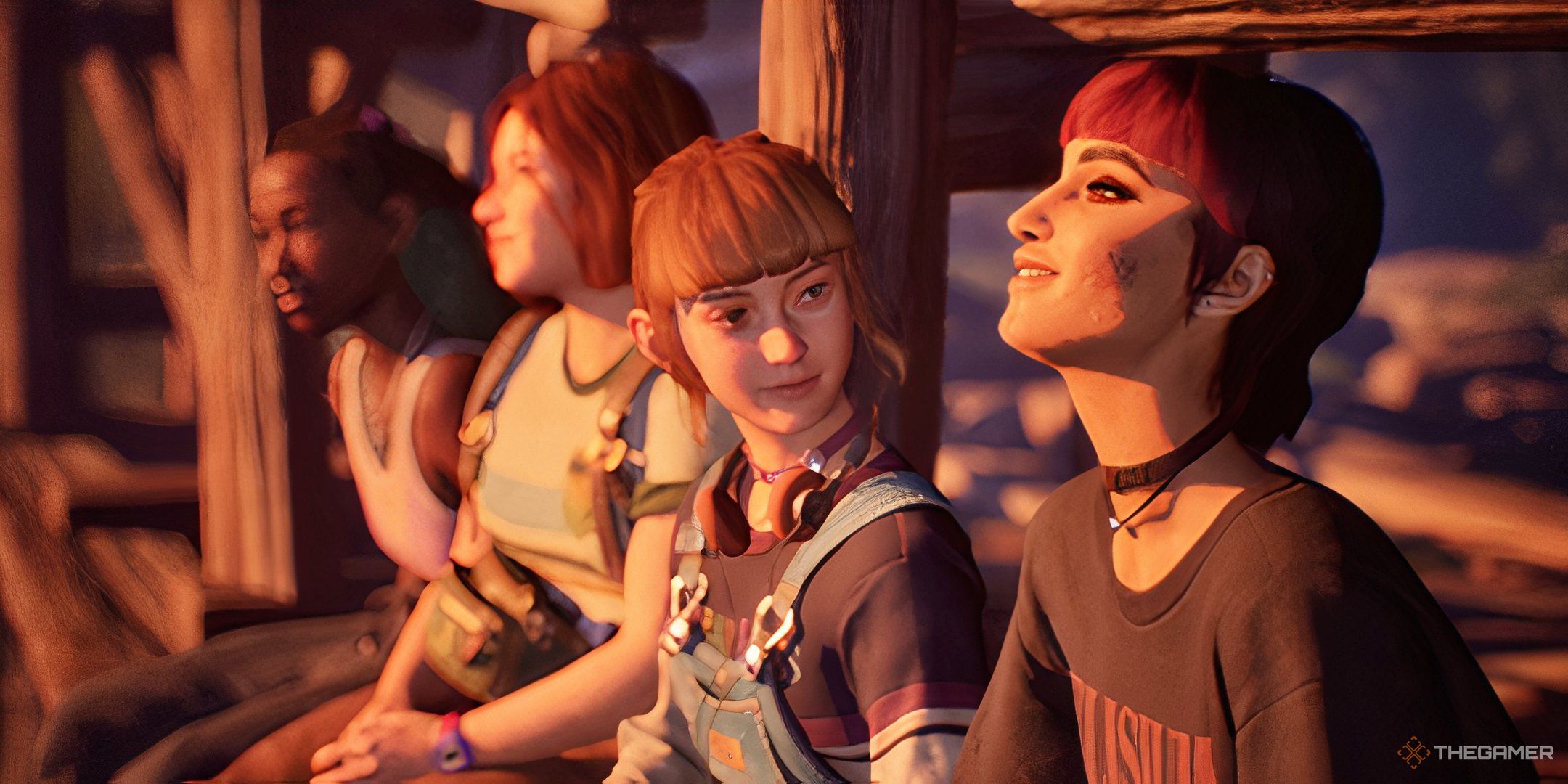
Related
Lost Records: Bloom & Rage – 10 Beginner Tips
Starting out in Lost Records: Bloom & Rage? This list has all the best tips and tricks to turn you into a master documentarian.
In short, trying to connect Lost Records: Bloom & Rage to Life Is Strange, or making somewhat of a sequel to the latter, would have come with constraints from the Square Enix end. Which is why Don’t Nod is treating Lost Records: Bloom & Rage as a new start that can be molded into any creative direction that the developer would want for its IP.
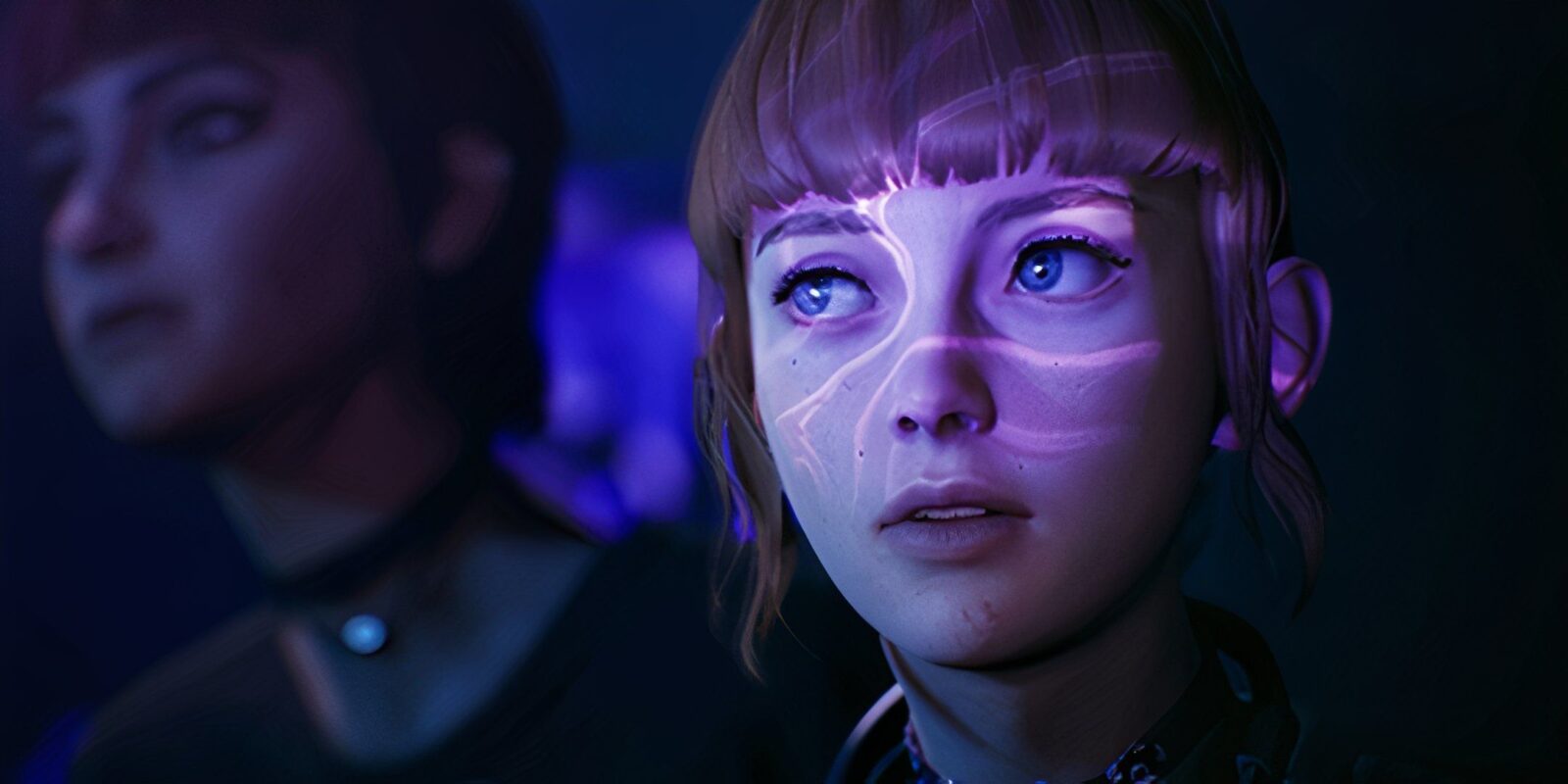

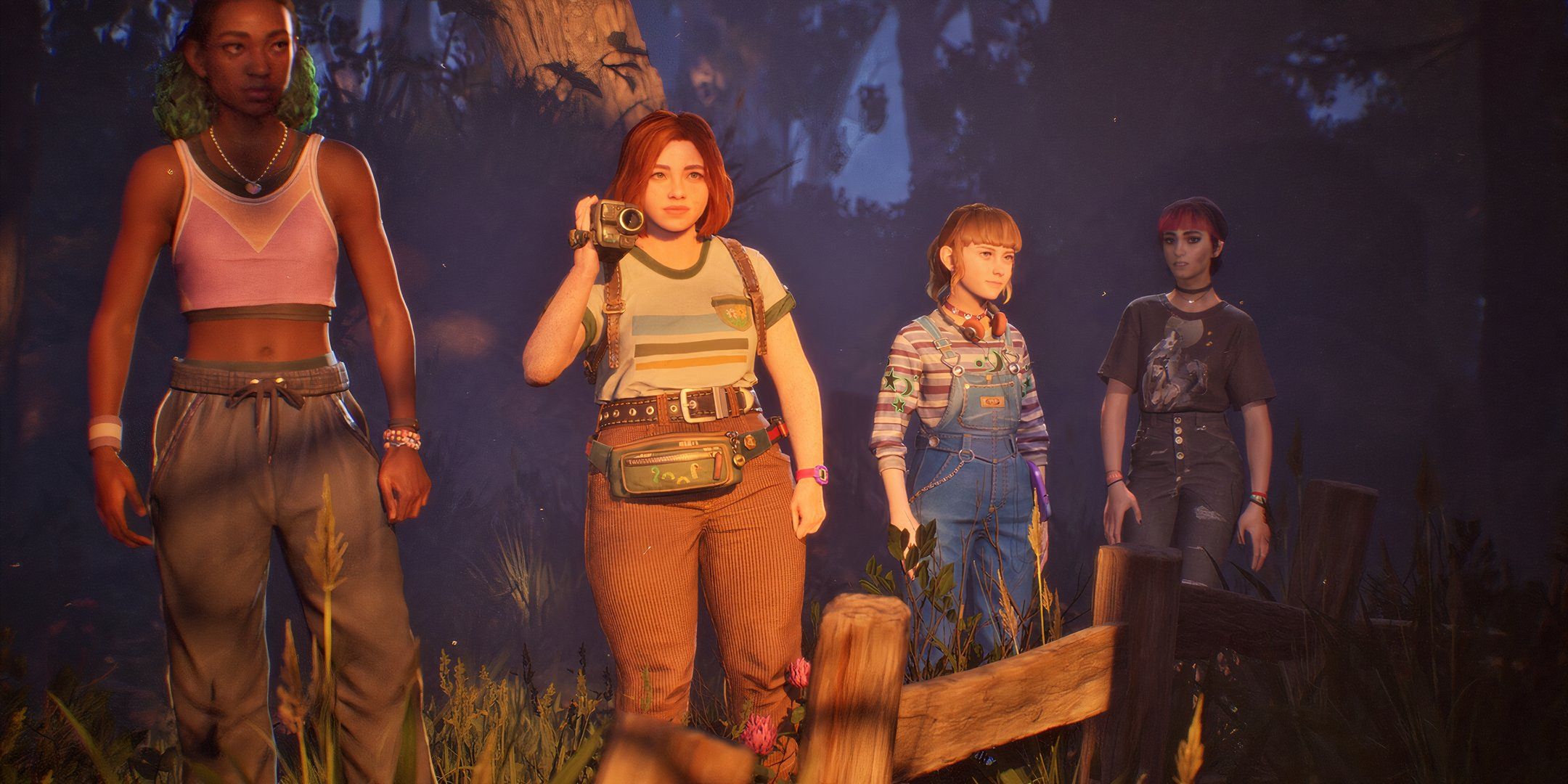
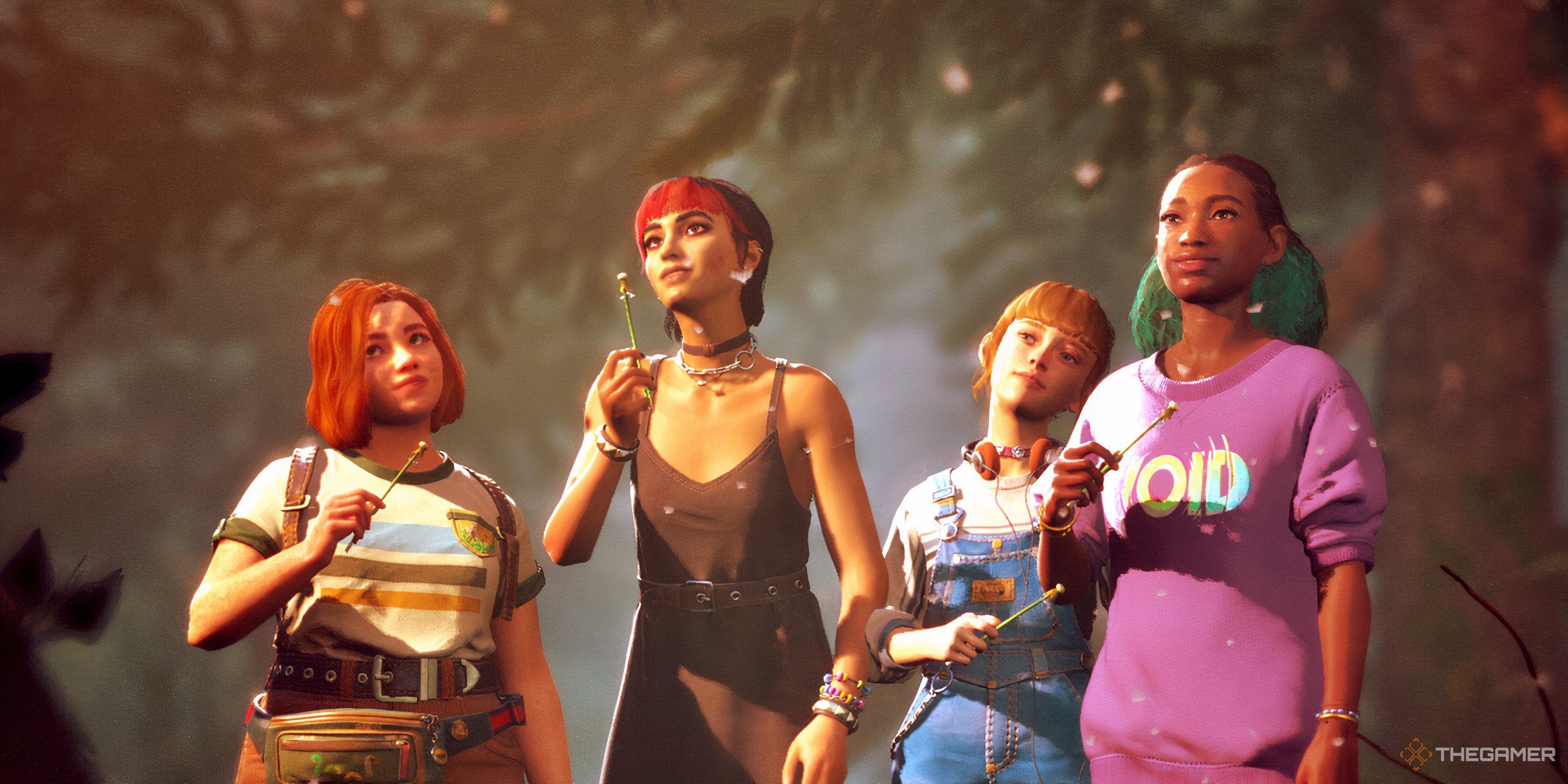
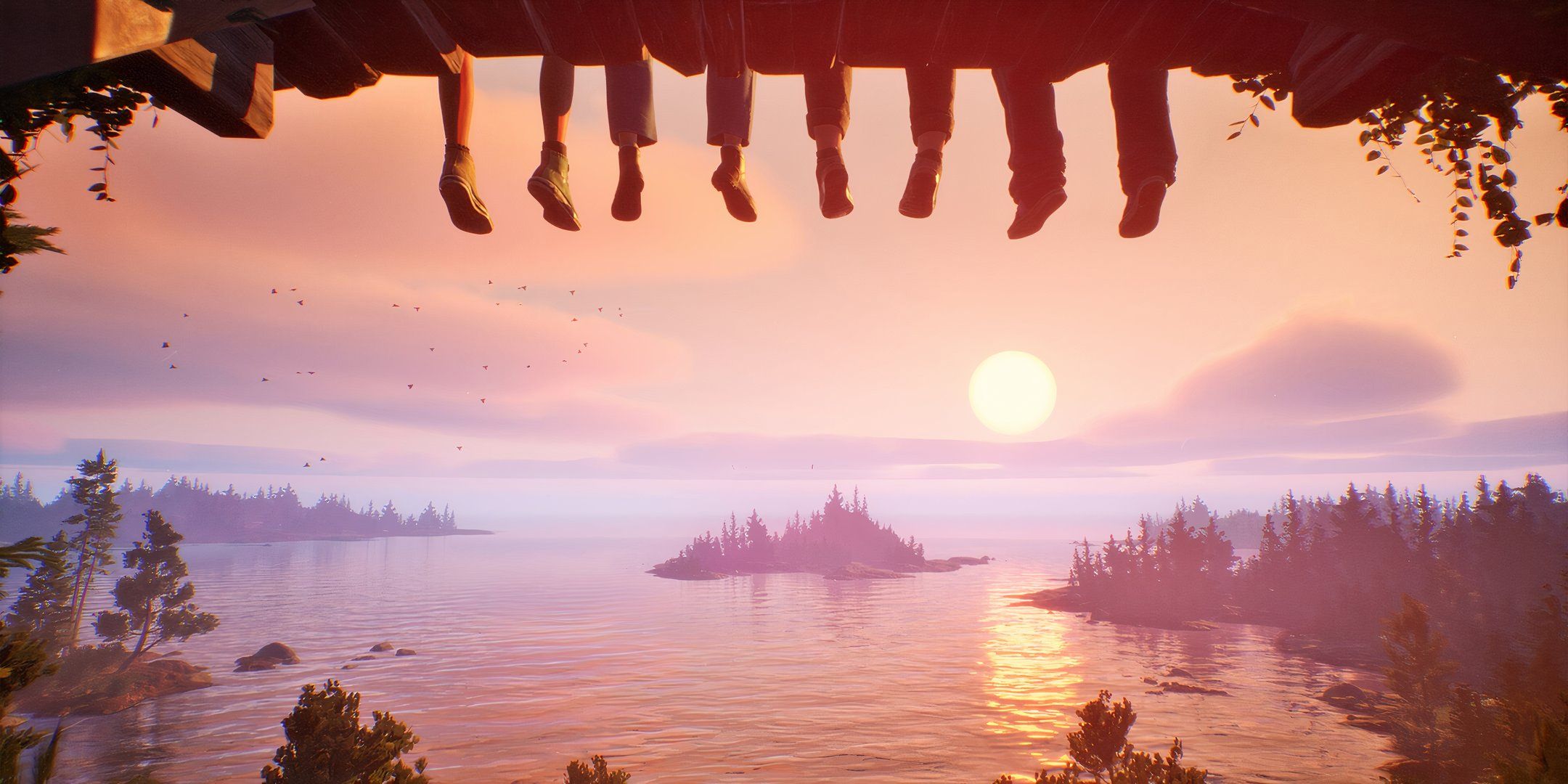
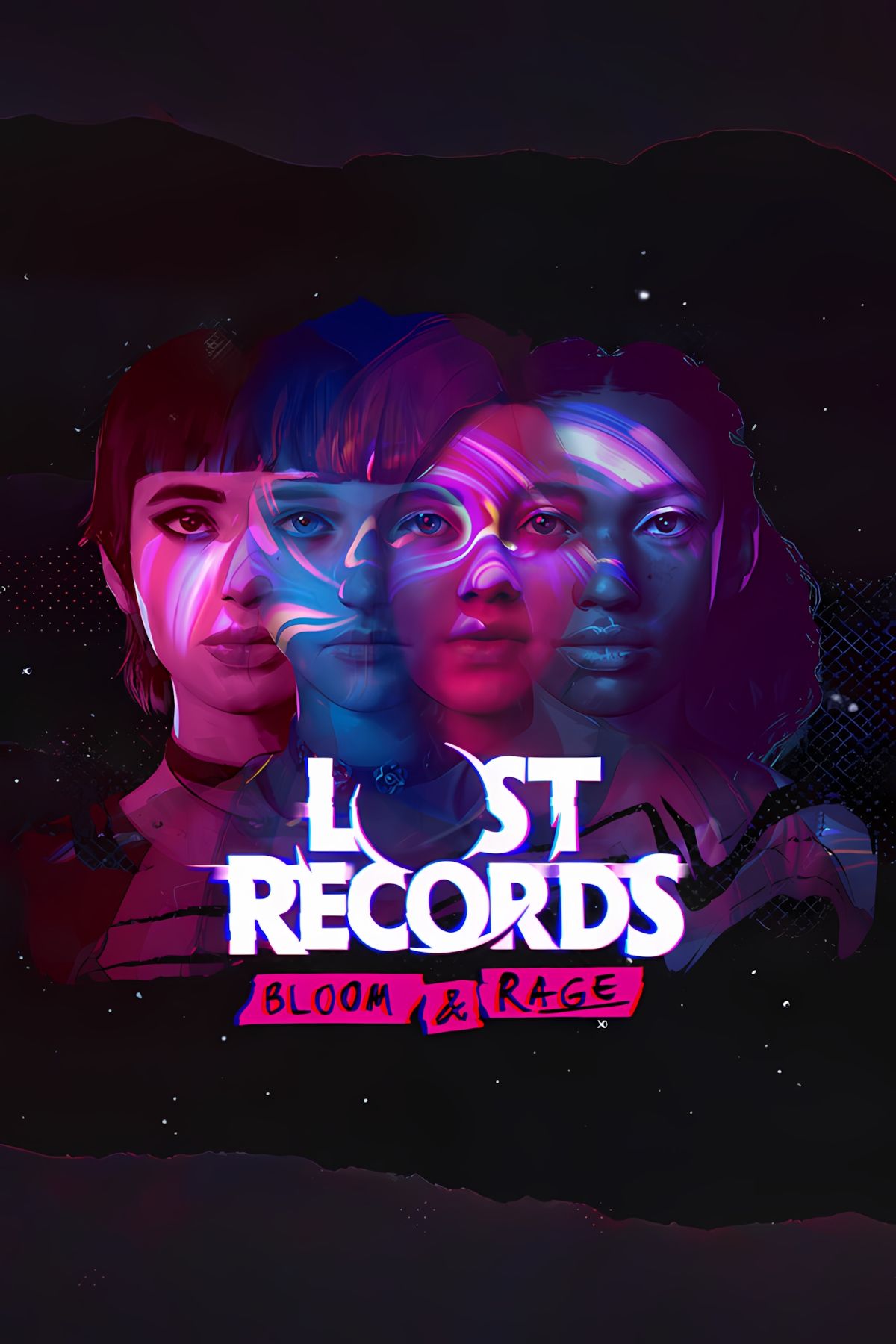






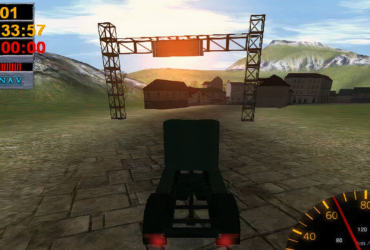
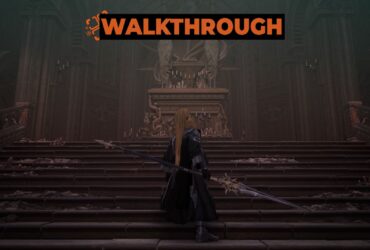


Leave a Reply